A Field Guide to Alien Planets
Intro
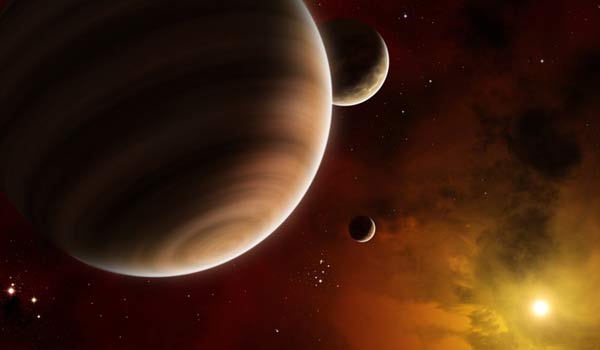
Alien planets come in all shapes and sizes. Generally speaking, these planets known to astronomers as exoplanets or extrasolar planets orbit stars outside our solar system, but there are a few surprises out there. Here's a look at the types of exotic worlds that scientists have discovered so far.
Pulsar planets
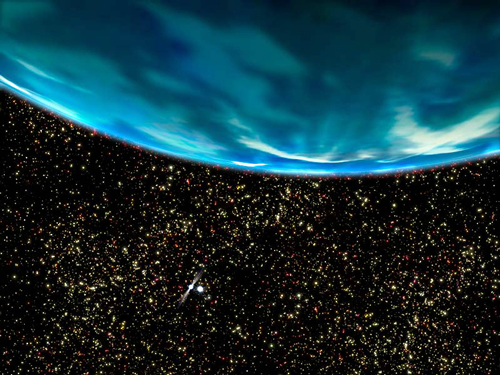
The first true discovery of extrasolar planets came in 1994, when radio astronomers discovered worlds around the pulsar PSR B1257+12, about 980 light-years away in the constellation Virgo. A pulsar is not a normal star, but a dense, rapidly spinning remnant of a supernova explosion. The oldest exoplanet known yet, PSR B1620-26 b, nicknamed Methuselah, is also a pulsar planet, located 5,600 light years from Earth in the constellation Scorpius.
Hot Jupiters
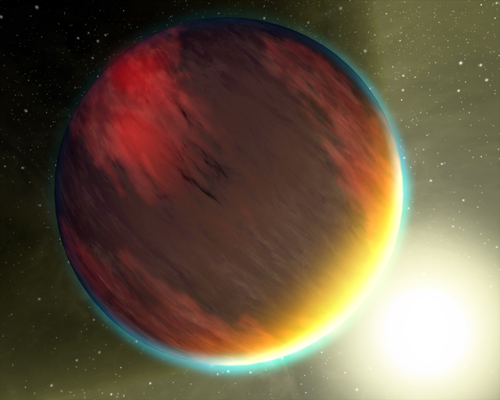
A "Hot Jupiter" is a gas giant that is as close or closer to its star than Mercury is to our sun. The first discovery of an extrasolar planet around a sun-like star was 51 Pegasi B, an exoplanet roughly 50 light-years away. Of the 429 exoplanets discovered to date, 89 have been hot Jupiters, most likely because their large size and proximity to their stars makes them easier to spot using current techniques.
Exo-Earths
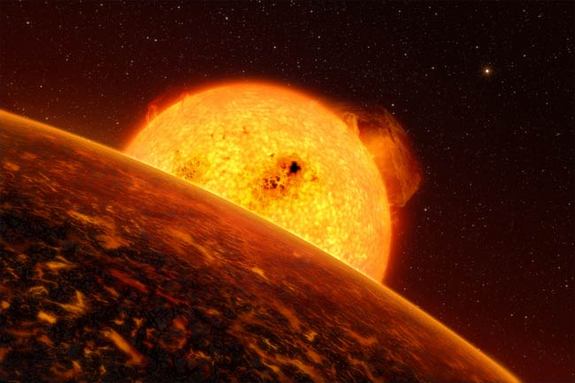
Although the vast majority of the exoplanets found have been gas or ice giants, terrestrial exoplanets most likely outnumber these behemoths, and upcoming missions may soon finally discover rocky worlds the size of Earth with atmospheric conditions that mimic our own. To harbor life, these "Goldilocks planets" would have to orbit their star at just the right distance from to not roast or freeze as well as be large enough to retain an atmosphere , but not so large as to become a gas giant.
Super-Earths
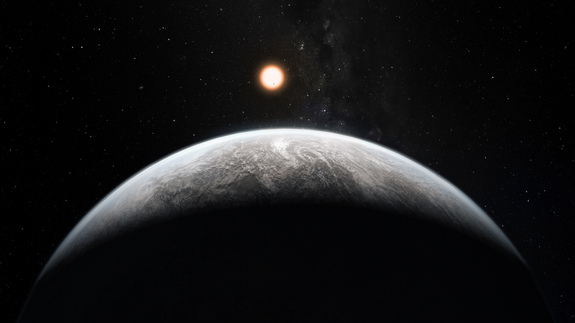
A super-Earth is a planet with a mass roughly 10 times greater than Earth's. The first super-Earths ever found were two of the planets around PSR B1257+12. Super-Earths might be more geologically active than our planet, as astronomers at the Harvard-Smithsonian Center for Astrophysics suggest they experience more vigorous plate tectonics because they possess thinner plates that are under more stress.
Eccentric planets

The planets in our solar system have, for the most part, fairly circular orbits. The exoplanets found so far, however, can have far more eccentric orbits, moving in close and then far from their stars. Where a perfect circle has an eccentricity value of zero, roughly half of exoplanets seen thus far have an eccentricity of 0.25 or greater. These eccentric orbits can cause exoplanets to experience extreme heat waves.
Super Neptunes
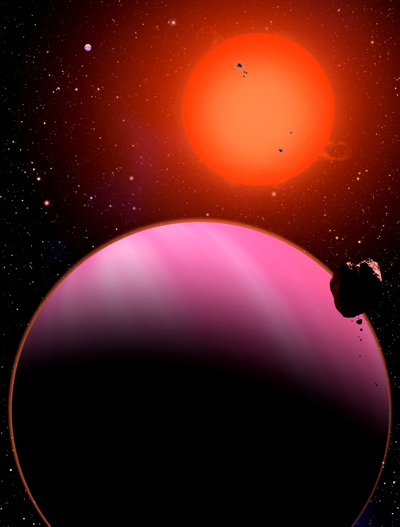
Only one "super Neptune" has been discovered so far: In 2009, astronomers discovered a planet somewhat larger and more massive than Neptune orbiting a star 120 light-years from Earth. The solid planet earned the name "super Neptune" because it shares many of the physical characteristics of our Neptune. Neptune has a diameter 3.8 times that of Earth and a mass 17 times Earth's, the Super Neptune (named HAT-P-11b) is 4.7 times the size of Earth and has 25 Earth masses.
Get the world’s most fascinating discoveries delivered straight to your inbox.
Hot Neptunes
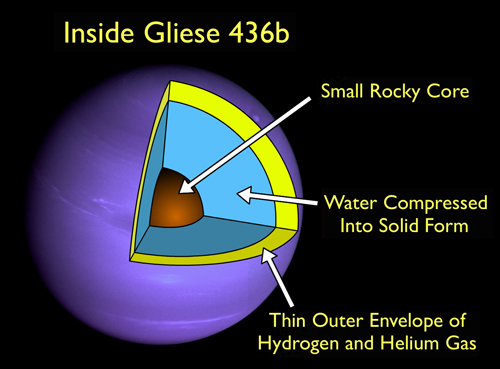
Hot Neptunes are planets approximately 10 to 20 times the mass of Earth's about the same mass of Uranus and Neptune yet are as close or closer to their stars than Mercury is to our sun. One of the first hot Neptunes discovered was Gliese 436b, about 33.4 light years away in the constellation Leo. Initially, scientists though it might have a surface of "hot ice" water that remains solid despite its heat because it gets compressed by the planet's gravity. Later observations, however, suggest that an outer layer of hydrogen and helium up to ten percent in mass would be needed on top of the ice to account for the observed planetary radius.
Water worlds
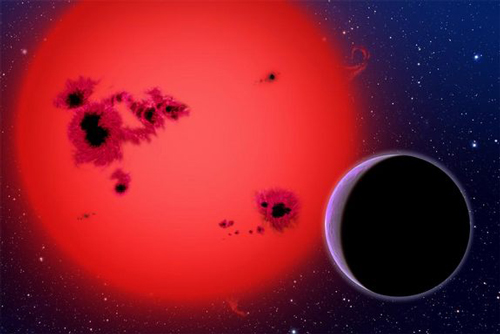
There are two kinds of worlds that might be entirely covered with water . "One is a terrestrial Earth-like planet that's just covered with a lot more water than our world, like the Kevin Costner movie, but is otherwise still familiar," said astronomer Charles Beichman, executive director of NASA's Exoplanet Science Institute. "Or you can imagine a hot Neptune which is almost totally composed of water that is close enough to its star to not be frozen, but instead have an ocean thousands of kilometers deep and perhaps an atmosphere like a gas giant's, with lots of hydrogen and water vapor."
Chthonian planets

Sometimes hot Jupiters or hot Neptunes orbit too close to their stars, and the star's heat and extreme gravity can rip away the planet's water or atmosphere, leaving behind the rocky core. Scientists have dubbed these evaporated remnant cores "chthonian planets." Their proximity to their stars could mean they are covered in lava.
Free-floating planets
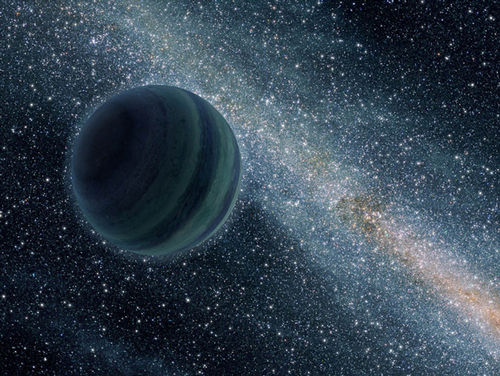
There are hints that a number of bodies with the mass of gas giants might be free-floating, rather than orbiting a star . These bodies might either have escaped from their suns or never had a star to begin with, born in star-forming regions without the mass needed to ignite.



